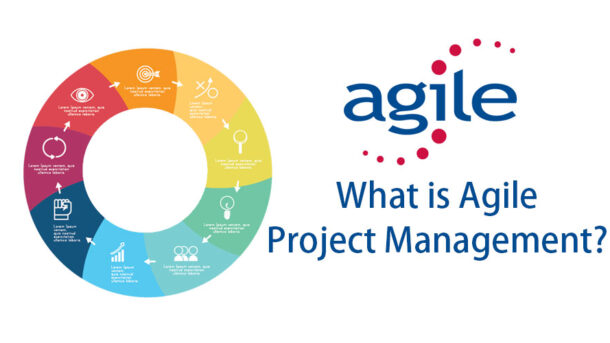AGILE:-
Agile is an iterative and incremental set of practices of management. It helps teams in an evolving landscape while keeping a focus on the rapid delivery of business value. In simple terms, we can say that Agile project management is about human-to-human communication, adapting to changing conditions, and producing working results, you’ll be on the right track. It values human communication and feedback, adapting to change, and producing working results.
- TRADITIONAL DEVELOPMENT METHOD:-
Before going to the benefits of agile project management, let’s understand traditional development methods. When we talk about the “traditional model”, it means the Waterfall Model. It is different to the Agile method because it’s not iterative.
The Waterfall Model is more about a process, where one can see progress “flowing” through different phases. It’s a sequential model which goes from requirement analysis, design, implementation, testing, to maintenance. While agile is the base of development, it tends to deliver visibility, adaptability, accountability, and value at the beginning of the process and minimizes the risks during the project.
| AGILE | NOT AGILE |
| Value individuals and interactionsValue working softwareValue customer collaborationValue responding to change | Value processes and toolsValue comprehensive documentationValue contract negotiationValue following a plan |
BENEFITS:-
Agile and its frameworks address the needs of the customer. The whole cycle encourages the user’s involvement, maximizes visibility and transparency, and shows the actual progress in real time and is easy to adapt by a team when requirements change.
THE PRINCIPLES OF AGILE:-
- Satisfy the customer through early and continuous delivery of valuable software.
- Welcome changing requirements.
- Deliver working software frequently.
- Work together daily throughout the project.
- Build projects around motivated individuals who are supported and trusted to get the job done.
- Use face-to-face conversation whenever possible.
- Working software is the primary measure of progress.
- Maintain a constant pace indefinitely.
- Give constant attention to technical excellence and good design.
- The best architectures, requirements, and designs emerge from self-organizing teams.


